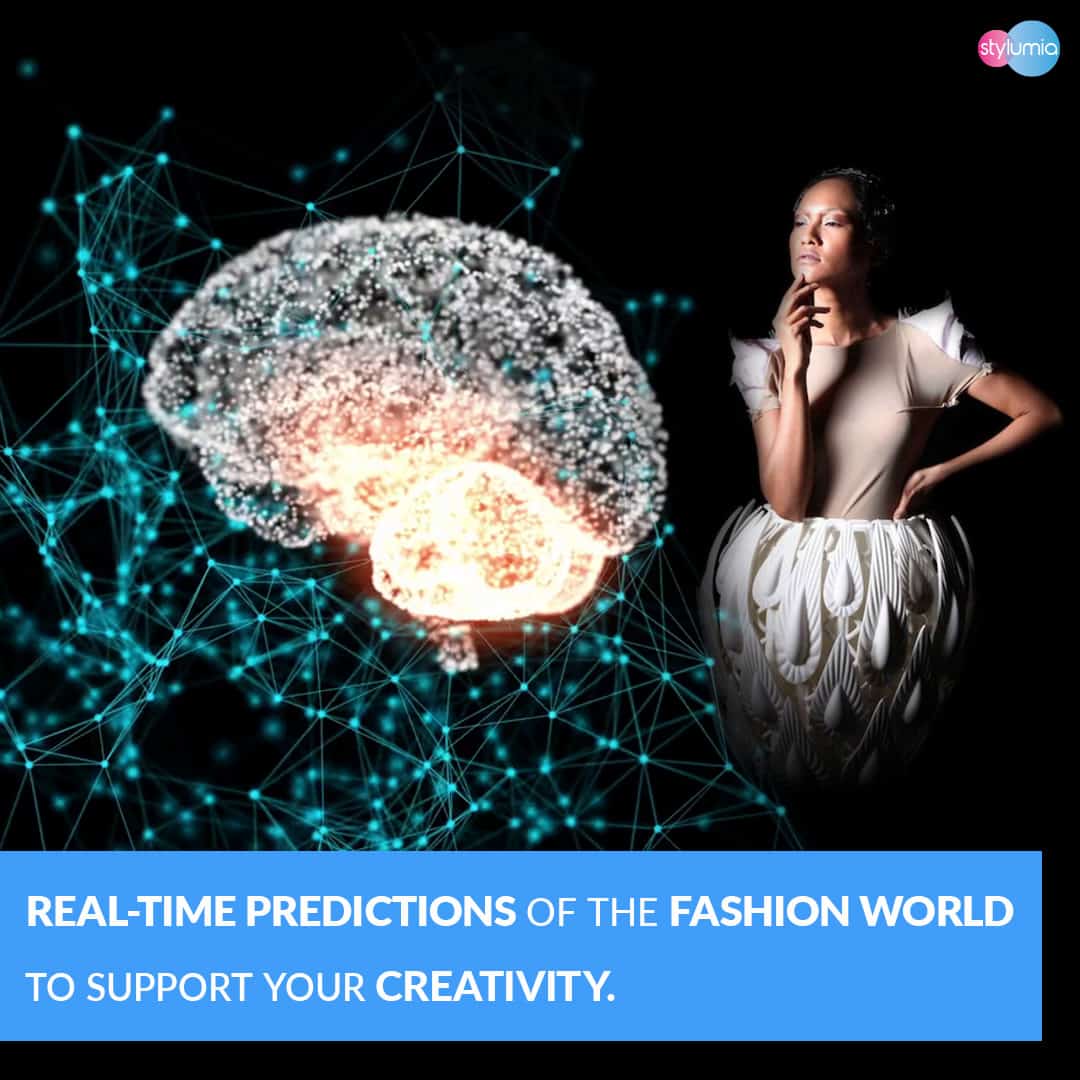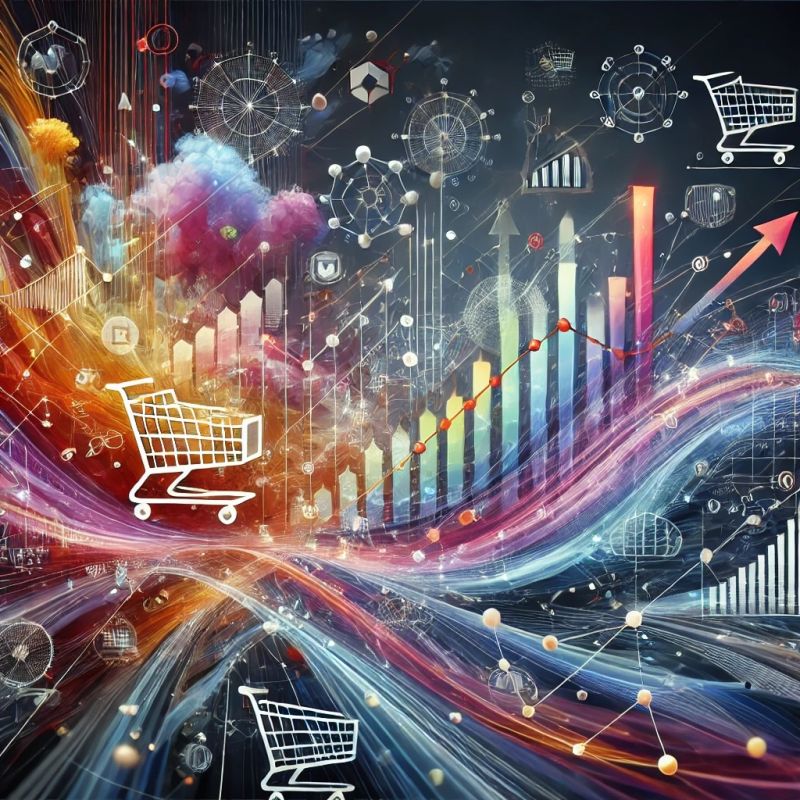Rear-View Vs Real-View: A Perspective


“You can’t drive forward to the future by looking in the rear-view mirror”
Prediction is not just one of the things your brain does. It is the primary function of the neo-cortex, and the foundation of intelligence.
Jeff Hawkins
A quote like this one is very common. A google search on the term “rear-view mirror quotes” gave 1.7 million + results. This clearly shows the amount of content on the internet on this topic. We all must have used this quote at some point in time.
Metaphors are helpful to understand a new context from a known similar context. Rear-view mirror metaphors, in general, undervalue the importance of the past and here and now. Let us test this with a real-life example of a marathon, traffic in a city, neuroscience and satellites.
In the marathon case, rear-view for one is front-view for many. It is a question of whose rear-view we are seeing. In other words, the present is a good indication of the future depending on “which present” we are looking at. A Zoom-Out view has predictive signals for the entire system.

This example provides a perspective that rear-view need not always be a lag indicator. The context of which rear-view make it a lead or a lag indicator. This is a linear example of rear-view where the sequence of events is almost in a straight line.
Let’s look at navigation using maps. By knowing real-time information of the flow of traffic across the city, map applications are helping us navigate and predict the time and route which both our rear-view and windshield will not help us know as accurately.

Most of the events in the real world are non-linear with a lot of dependencies. The entire world of prediction and machine learning takes huge inspiration from how the human brain works. A deep dive into how our human brain works throws some interesting insights.
Our Brain is a Prediction Machine
Here is a quick task. You will have one minute to decide whether or not you want to continue reading this article.
With this simple question your brain will start analyzing questions like this:
- Does this article look similar to others that I have previously read?
- Is it worth reading this article?
- What is the point of this example?
- Will this information help me?
If you are reading this sentence your brains have performed a quick analysis of past articles, perhaps you have a current necessity, simple curiosity and/or it could be useful if we associate it with future Events. At this point, you have unconsciously predicted that it’s worth continuing reading.
Our brain is considered an advanced prediction machine as per scientific literature. Few pieces of evidence of this are,
a) When you climb stairs, how does the brain know you will land safely every step and makes that movement predictably?
b) What happens when you look up and see a ball headed toward you? Without even thinking about it, you flinch.
c) How do we cross a street? When we attempt to cross a street our head unconsciously turn left, we listen for oncoming traffic (hearing), identify the distance of the nearest car (sight), calculate the speed, remember previous experiences and predict if it is safe to cross. In the middle of the street, we turn our heads right and repeat the same process.

That might be because our brains are continually living our lives in fast-forward, playing out the action in our heads before it happens. Humans have to navigate and respond to, an environment that is always changing. Our brain compensates for this by constantly making predictions about what’s going to happen. Latest neuroscience research suggests that this is because the human brain is organised as a pyramid of neural processes that generate successively complex predictions about the future.
Our comfort with Small Numbers
Humans have limitations, especially when facing vast amounts of data. For instance, we’re not adept at remembering lists with more than seven things on them. Even facts we once knew, like last year’s Oscar winners or the champion of the 2016 Super Bowl doesn’t remain with us. Our brains have thresholds that prevent us from seeing patterns and nuances in large data sets like those in big data. Among analytics advocates, predictive analytics combines the best of machine learning and humans. It can do what our brains can’t, and it can find the data correlations and causations that lead to better business outcomes.
Real-Time Information Gives Predictive Power
The maps application we use daily captures real-time information and provides predictive insights to every rider. Thus real-time data combined with the past provides the ability for every business person to see the road ahead which otherwise was not visible to the individuals through their rear-view and windshield. A classic example of this was provided in our last week’s article “Fashion Wave“, the brands and retailers who stay ahead and capture more of the consumer wallet in fashion are those who operate with real-time consumer information and apply them in their future offerings.
Another important question worth pondering is
“Does data help is predicting medium-term future?”
A good example is how Indian e-commerce evolved in the last few years. When we all started in the early part of this decade, we wanted a predictive view of how India will emerge and begin investing resources to grow. This is tricky in a new channel that is evolving (lots of similarities with fashion). Sifting through a lot of data, informed us that India might follow the China pattern of growth than the western world. In fact, data also informed us India lags behind China by almost five years. What we got was a 5-year future view by looking at the pattern of development in the east. Having gone through the path, it panned out very close to that. Hence picking the right inspiration set/pattern is crucial to a medium to long-term forward view. You will be able to relate to similar occurrences from your experience.



